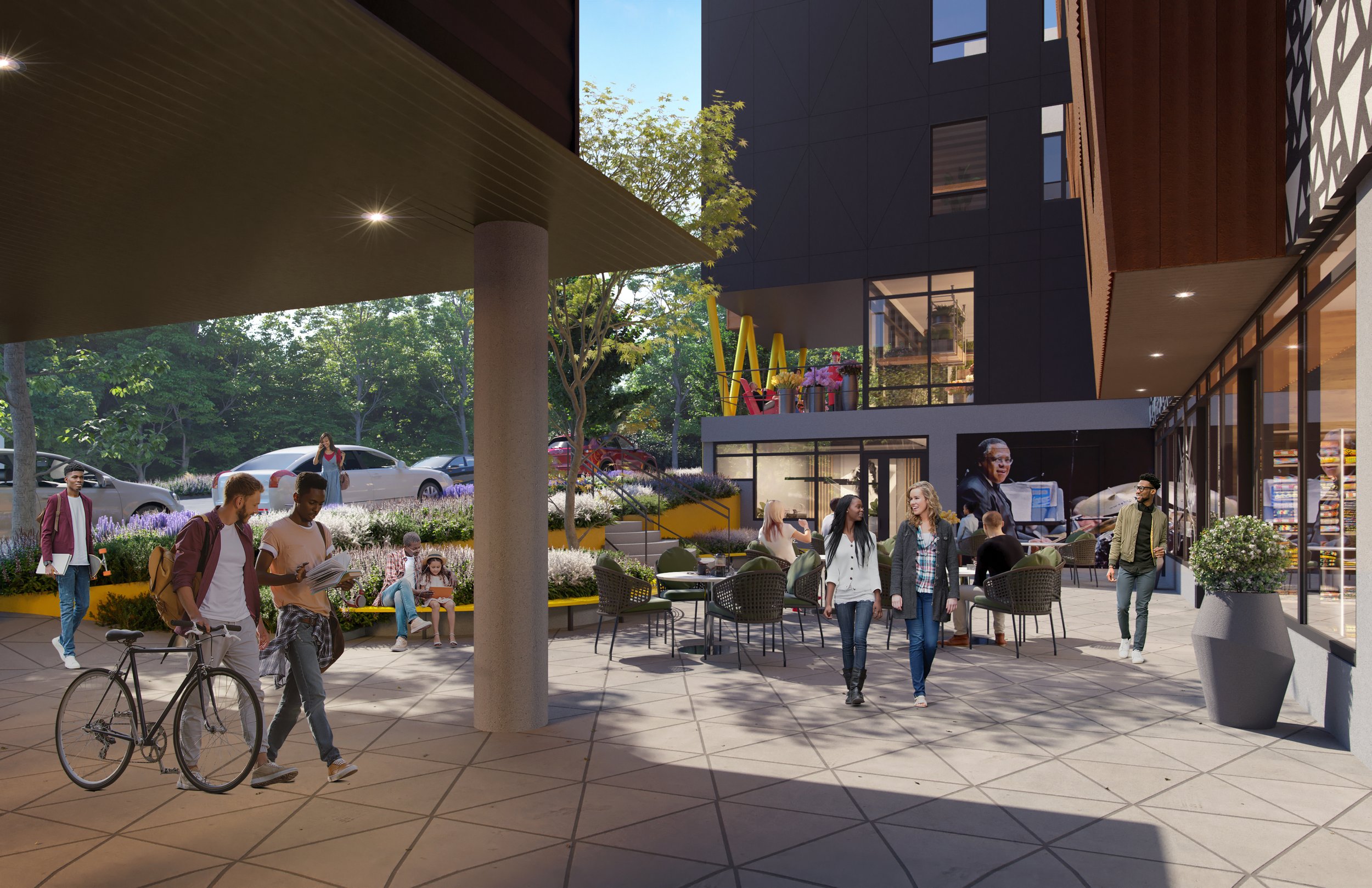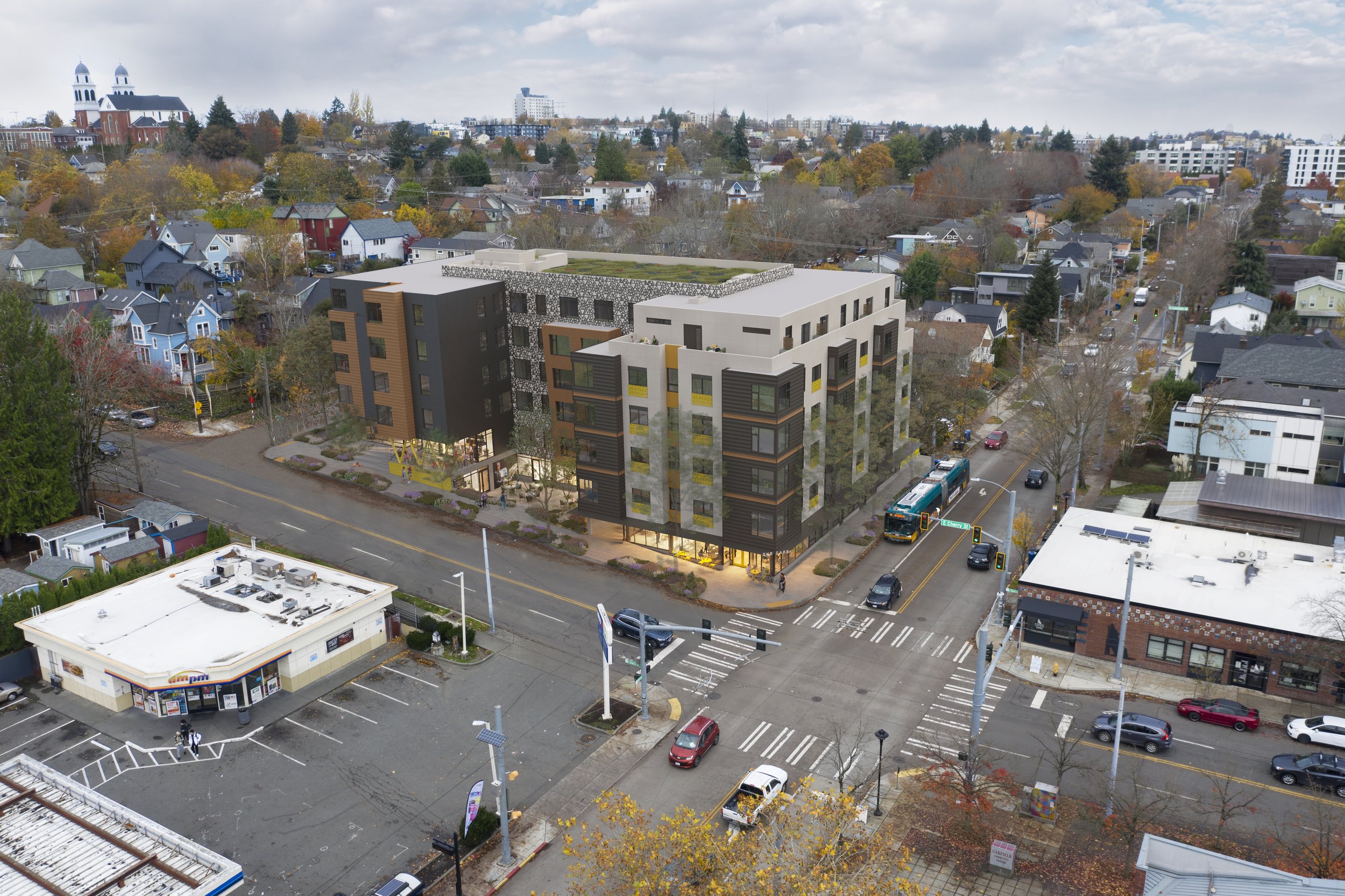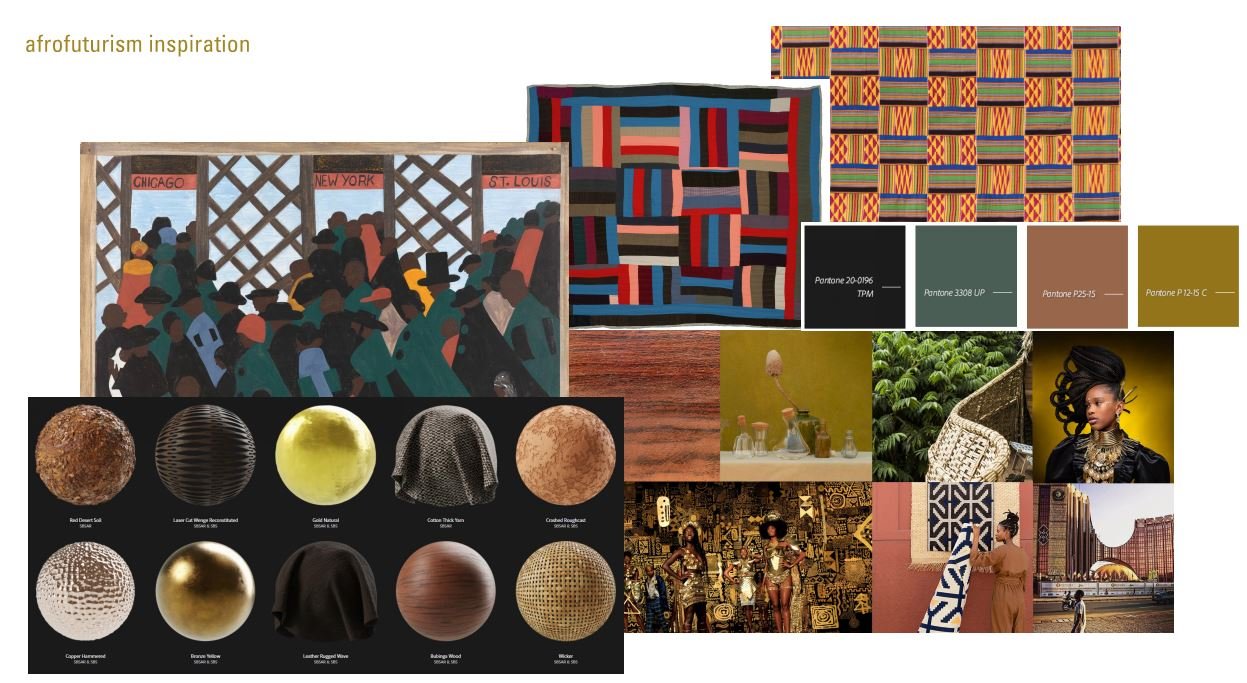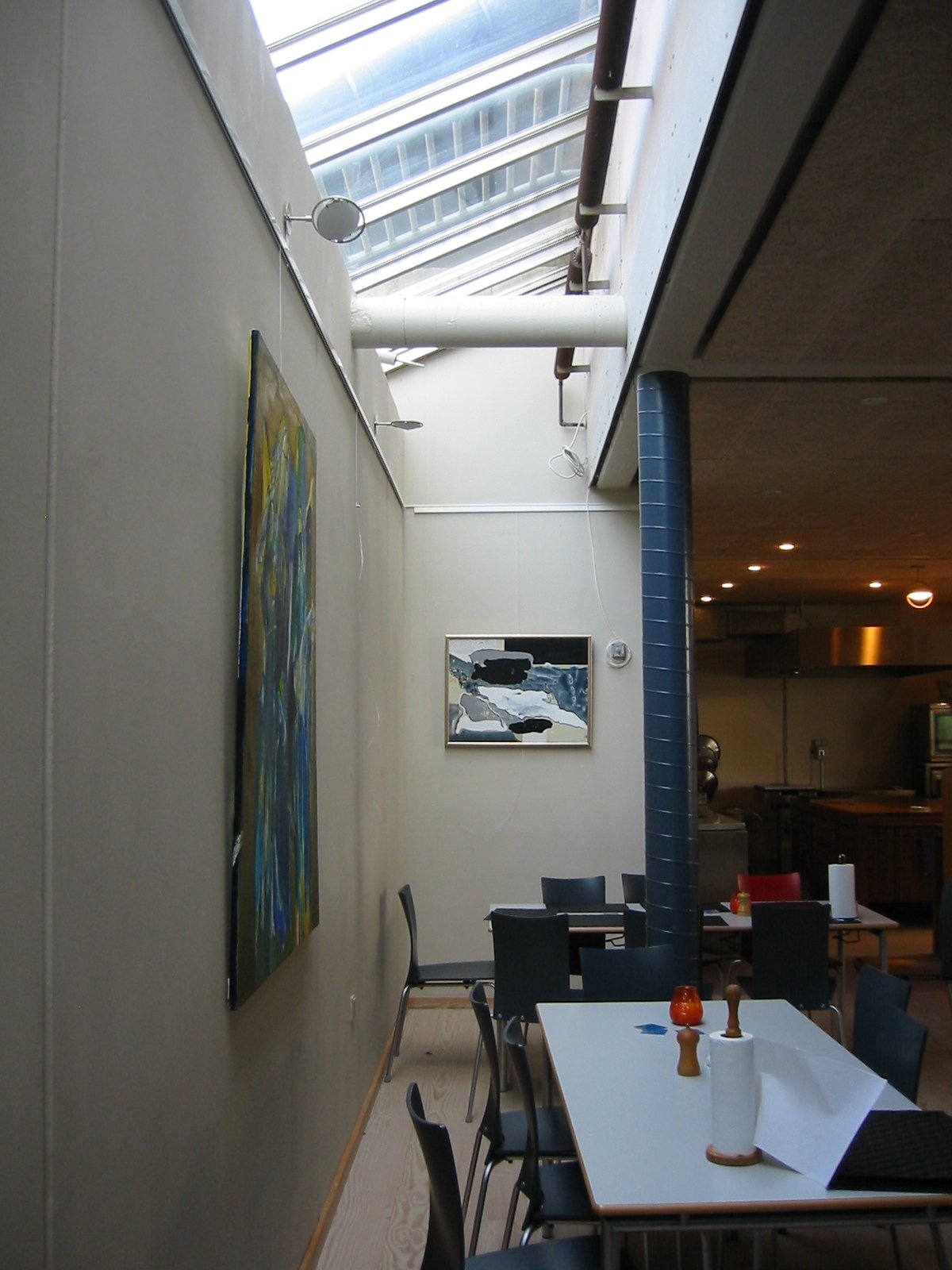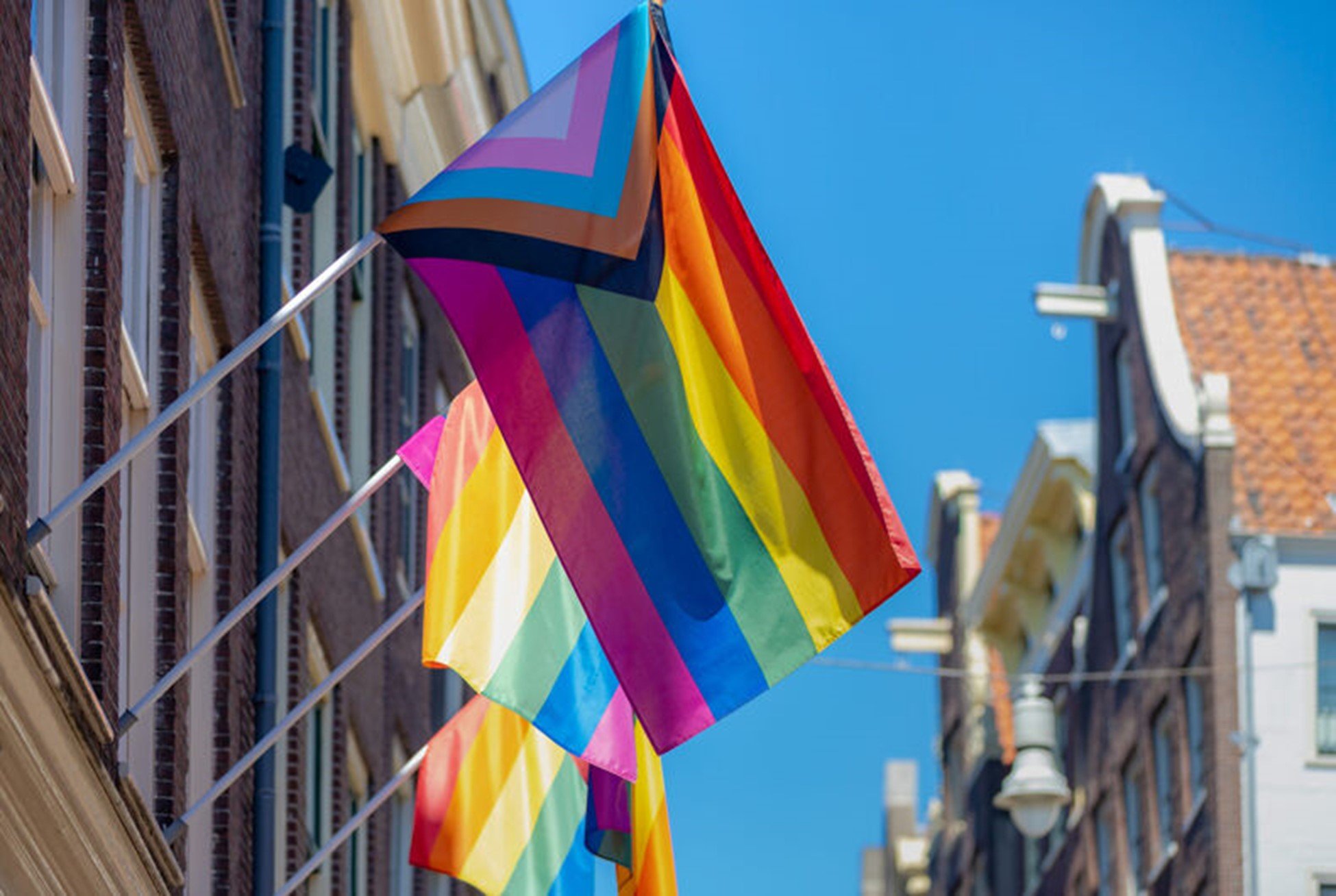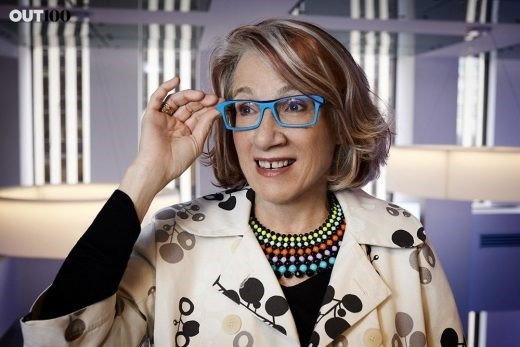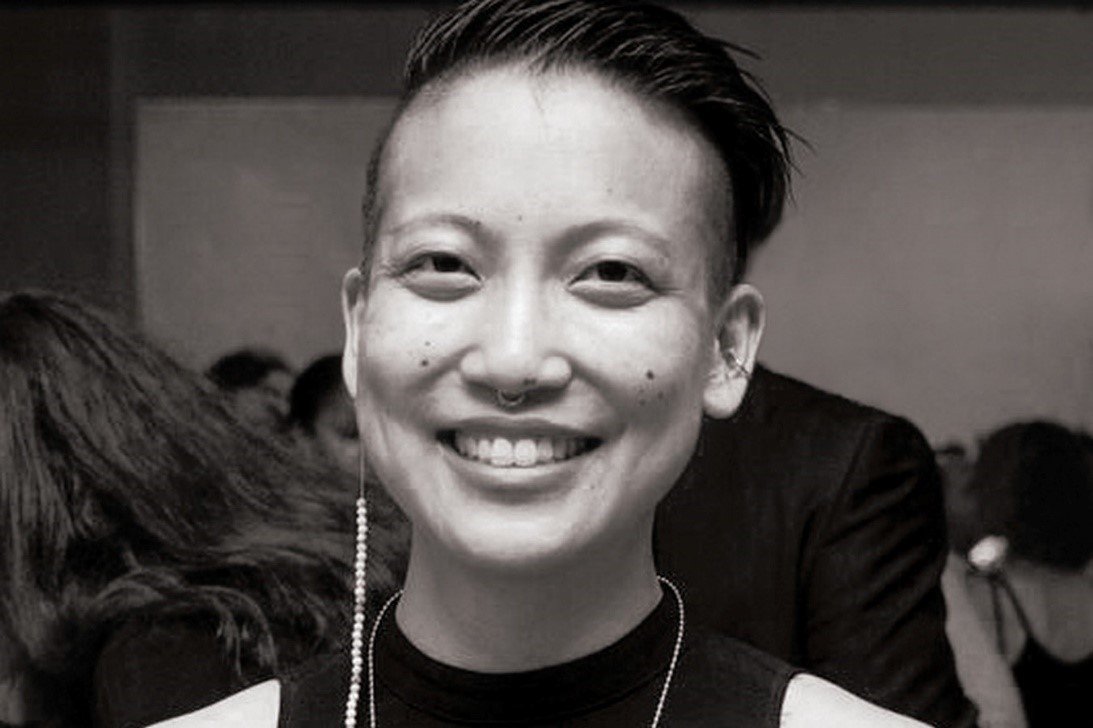On average, one in ten adults living in King County are experiencing food insecurity. This increases the demand for food distribution centers that help fulfill the basic nutritional needs of these individuals. However, due to time and financial restraints, these centers often lack the ability to achieve their mission while at the same time providing a quality experience for both the centers’ clients and volunteers.
Schemata is currently working on two projects that will help fulfill the need for greater access to food: Rainier Valley Food Bank and Issaquah Food and Clothing Bank. In our approach to design, we are not only considering how the square footage can be maximized in these spaces, but also how community members and volunteers will feel while engaging with them.
To help elevate the consumer experience, our team seeks to develop a model that allows community members to efficiently serve themselves - like shopping in a grocery store - and also implements multifunctional features, such as a courtyard that will be used as a waiting area. For administrative and operational functions, our team is designing workspaces for volunteers that have plenty of natural light and provide ample room for facility maintenance staff and tasks.
We at Schemata believe that people experiencing food insecurity shouldn’t have to sacrifice dignity to have access to nutritious food, and that folks who are volunteering their time should feel valued and be given the space needed to sustain the operation of these facilities.
To help our effort to support these facilities, you can donate funds to Rainier Valley Food Bank and Issaquah Food and Clothing Bank.



